Here’s Every Camera I Own and Why
Breaking down the tools that shape my creative process
Cameras don’t make pictures. People do. But the right camera makes it easier to create with intention. Just like a painter chooses brushes based on the story they’re trying to share, I rely on a variety of cameras to meet the specific needs of each assignment. Some are purpose-built for speed. Others are made for stillness, patience, or play.
Each camera in my kit has earned its spot by solving a specific creative challenge. Whether it’s telling a long-form story, capturing a fleeting moment, or just making it easier to create in unpredictable conditions. This week isn’t about just sharing a gear list. It’s a snapshot of how I work.
Leica M11
After falling in love with the rangefinder experience, I made the leap to a digital M with the Leica M11. I picked it up on launch day, and something surprising happened: I liked it so much, it changed the direction of my entire photography setup. From that point on, I knew I wanted to build my creative system around Leica.
The M11 is the camera I reach for first. It’s what I use for personal work and long-term projects. To me, nothing feels as connected or deliberate as shooting with an M. The sensor, internal storage, battery life, USB-C charging, and refined design make the M11 the most complete digital rangefinder I’ve ever used.
If you’re curious about how much this camera means to me, check out this story I wrote earlier this year.
Leica M11 — 100 Years of Leica, New York Edition
I’ve been fortunate with my Leica M11. It’s never given me any major issues. The one time I did run into a problem, it was user error, and the team at Leica Camera USA resolved it quickly. Still, as I began to rely on this camera more and more, I knew I needed a second body for busier environments and as a potential backup.
Originally, I considered the M11-P. But when the opportunity came to own a limited edition model, I couldn’t pass it up. This “100 Years of Leica” edition in black paint celebrates my favourite city in the world. It also happens to carry my lucky number, which makes it feel like more than just a tool. It’s now a meaningful part of my collection that I’ll hold onto for life.
Some of you might notice that the white lettering on the ‘Leica’ script is gone. That started as an accident, but I decided to remove it entirely. I think it looks even better this way. And I’ll be honest, I can’t wait for the paint to scrape, scratch and chip over time, revealing that brass underneath. It’s all part of the story this camera will tell.
Leica SL3-S
When I’m working with two cameras, it’s usually the Leica M11 and the SL3-S. The pairing is ideal. The M gives me the tactile rangefinder experience and stunning resolution. The SL3-S brings speed, flexibility, and durability.
What I love most about the SL3-S is how complete it feels. I loved the SL2-S for what it could do, but this camera exceeds it in every meaningful way. Paired with an SL APO lens, the files have a depth and clarity that often feels closer to medium format than full-frame. That might sound like a stretch, until you shoot with it.
Because of its hybrid power, the SL3-S comes with me on every project, both personal and professional. People often ask if I actually love this camera, or if I just say that because I was the global launch ambassador. Let me be clear: there isn’t a shoot or a flight where this camera isn’t with me.
Leica Q3 43
There’s room in my kit for a few cameras that are just plain fun. The Leica Q3 43 is one of them. It’s the camera I bring to low-stakes environments—family trips, events, and parties—where I want high-quality images without thinking too much about settings. Hell, places where I want to shoot one-handed. If we’re talking about ease-of-use and uncompromising image quality, this one takes the crown.
I’ve love wide perspectives, but since I already had a Summicron 28mm in my M kit, I never felt the need for a traditional Q. That changed with the Q3 43. The new focal length made it a natural complement to my existing gear. It fits perfectly into the Leica ecosystem and offers an effortless shooting experience.
What started as a casual, “just for fun” camera has actually started showing up on some commercial sets. It’s that good. And ever since I added it to the mix, it’s been overdelivering.
Leica SL3
Whether I’m in the studio or out in the field, there are times when resolution takes priority along with access to L-mount lenses. That’s when the Leica SL3 becomes essential.
It’s the least used of my digital Leica bodies, but that’s not a knock against it. The SL3 serves a clear purpose and when I reach for it, it delivers. The high-resolution sensor makes it ideal for large-scale stills work, detailed product photography, and commercial portraiture where image fidelity is everything.
I don’t pack it for every shoot, but that’s starting to change. With Leica’s recent firmware update enabling C6K ProRes recording, the SL3 has become a serious contender as a secondary video camera alongside my SL3-S. It’s evolving from a specialized tool into a more versatile one.
Leica M6
This was the first Leica I ever purchased, back in 2020. It’s what pulled me into the Leica world and, more importantly, brought me back to the joy of photography as a process.
Film doesn’t define my work. It’s something I use for personal exploration or the occasional job that calls for it. But when I do shoot film, the M6 is the camera I trust. It’s delivered a consistent, reliable experience for years, and I have every reason to believe it will keep doing so for decades to come.
Nikon F5
When I need to shoot film for an important job or event, this is the camera I pair with my M6. The Nikon F5 is built like a tank and has smart redundancies that help prevent costly mistakes. It’s heavy, but dependable even in the most demanding conditions.
The lens ecosystem is outstanding and still widely accessible. The autofocus is surprisingly fast, especially for a camera this old. And while it does burn through AA batteries like a jet on afterburner, it’s a trade-off I’ll gladly make for the performance it delivers.
In many ways, I think of the F5 as the film equivalent of my SL3-S. It’s all about control, speed, and getting the job done no matter what.
Mamiya 7
This is the least-used film camera in my collection, but also the most intentional. I only bring it out when time is on my side and the goal is to create something truly considered and special.
The handling can be a bit unwieldy, and the rangefinder experience doesn’t match my M6. But there’s no denying what this camera delivers. The image quality is stunning, and when the conditions are right, few tools are more rewarding to use.
Hasselblad X2D
Hasselblad is producing some of the most compelling digital medium format cameras available today. The 16-bit colour science they’ve developed is exceptional and arguably unmatched. And yet, I haven’t used my X2D in nearly a year.
The truth is, I rarely need medium format for the kind of storytelling I do. It’s not about the quality, it’s about the fit. So why is it still in my kit? These days, it serves as a loaner for my team. When they want to pursue ambitious new ideas and push their creative boundaries, this camera is waiting for them.
RED Komodo-X
When the project calls for scale—whether it’s a commercial campaign or a long-form documentary—I reach for a proper cinema camera. And for me, that’s the RED Komodo-X.
This camera is built for storytelling at a higher level. The global shutter is its secret weapon. It eliminates motion artifacts which lends to a smooth, analog quality to the footage that’s hard to replicate with other systems. That becomes especially valuable when I’m trying to create a filmic look that still feels grounded and honest.
The Komodo-X isn’t something I use every day, but when the production gets big and the stakes are high, it’s the kind of tool that earns its place on set.
DJI Osmo Pocket 3
It’s hard to overstate how good this camera is for impromptu filming and social-first video. In well-lit environments, the Osmo Pocket 3 becomes an effortless way to capture clean, high-quality BTS footage.
What surprises me most is how capable it is for micro storytelling. And when paired with the DJI Mic 2 from the creator kit, it becomes a powerful all-in-one solution. You get clean visuals, crisp audio, and a tool that’s ready the moment you need it.
For quick-turnaround content with real context, especially in bright conditions, this camera continues to impress.
Honourable Mention: Sony FX3
If you know me, you know I’m not a fan of Sony cameras. I find the bodies awkward to hold, the menus painful to navigate, and the overall shooting experience uninspiring. Their lenses, while technically impressive, feel sterile to me where it’s more engineering than emotion.
That said, when the opportunity came up to trade two Canon RF lenses for two FX3 bodies and two GM lenses, I couldn’t say no. Right now, these cameras live in my loaner pool for the team. But to be honest, I’m counting down the days until I can flip them for something that brings more long-term value to my video workflow.
An Important Reminder
A great creative journey isn’t measured by the number of tools you own, but by how well you use the ones you have. For much of my path, I worked with very little. But over the past few years, I’ve been fortunate to build a thoughtful collection that gives me options. These tools were never the goal. They’re a byproduct of the work, and I think it’s important to share that with you as well.
Previous Favourites
Streets of India: North & South Workshop
It’s official, I’m hosting my first workshop in India and I’m designing it to be the ultimate street photography experience. What does that mean? It means I’m curating a one-of-a-kind journey that you won’t find anywhere else—an experience rooted in creativity, expertise, and adventure.
Here’s what’s included:
Three cities in 10 days — A fast-paced, immersive experience
Unique shooting opportunities — A carefully curated selection of scenes
Key logistics covered — Hotels, drivers, and inter-city flights, all taken care of
Multiple instructors — Gain insights from diverse perspectives
Guest lectures — Learn from a variety of industry experts
Limited to 8-10 guests — A small group for personalized learning
This workshop will take place from September 20th through the 29th this year. From the moment you land in India, you’ll be guided through a street photography adventure like no other. My fellow instructors and I will be there every step of the way to share our knowledge and techniques with you.
A few seats are still available so visit the link below to learn more.
What’s Next?
Next week, I’ll be in London to photograph a few friends in concert. It’s a bit short notice to organize a community meet-up, but if you’re in the city and want to join me for a casual photo walk, send me a message on Instagram. Would love to connect while I’m there.
GB


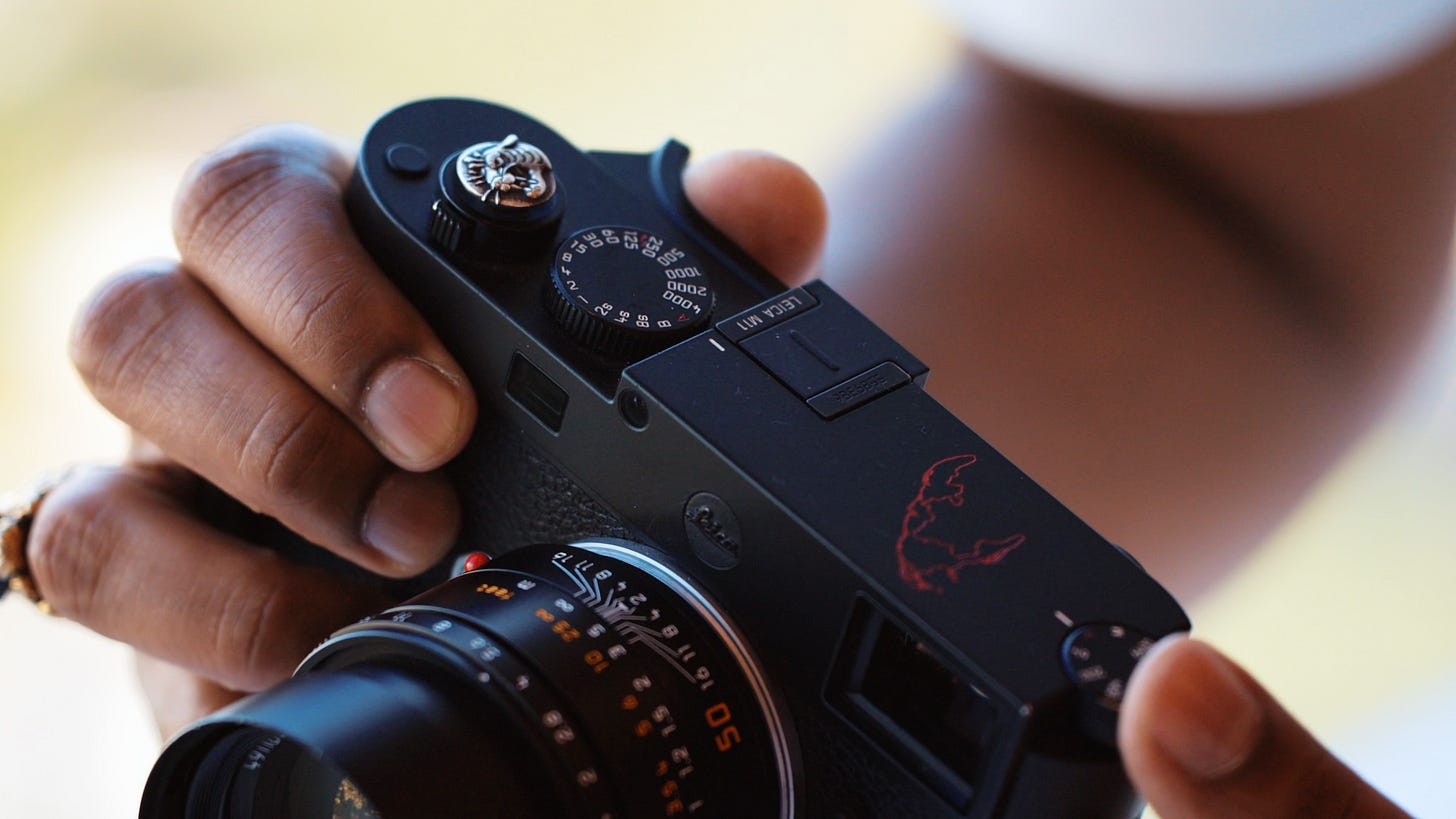
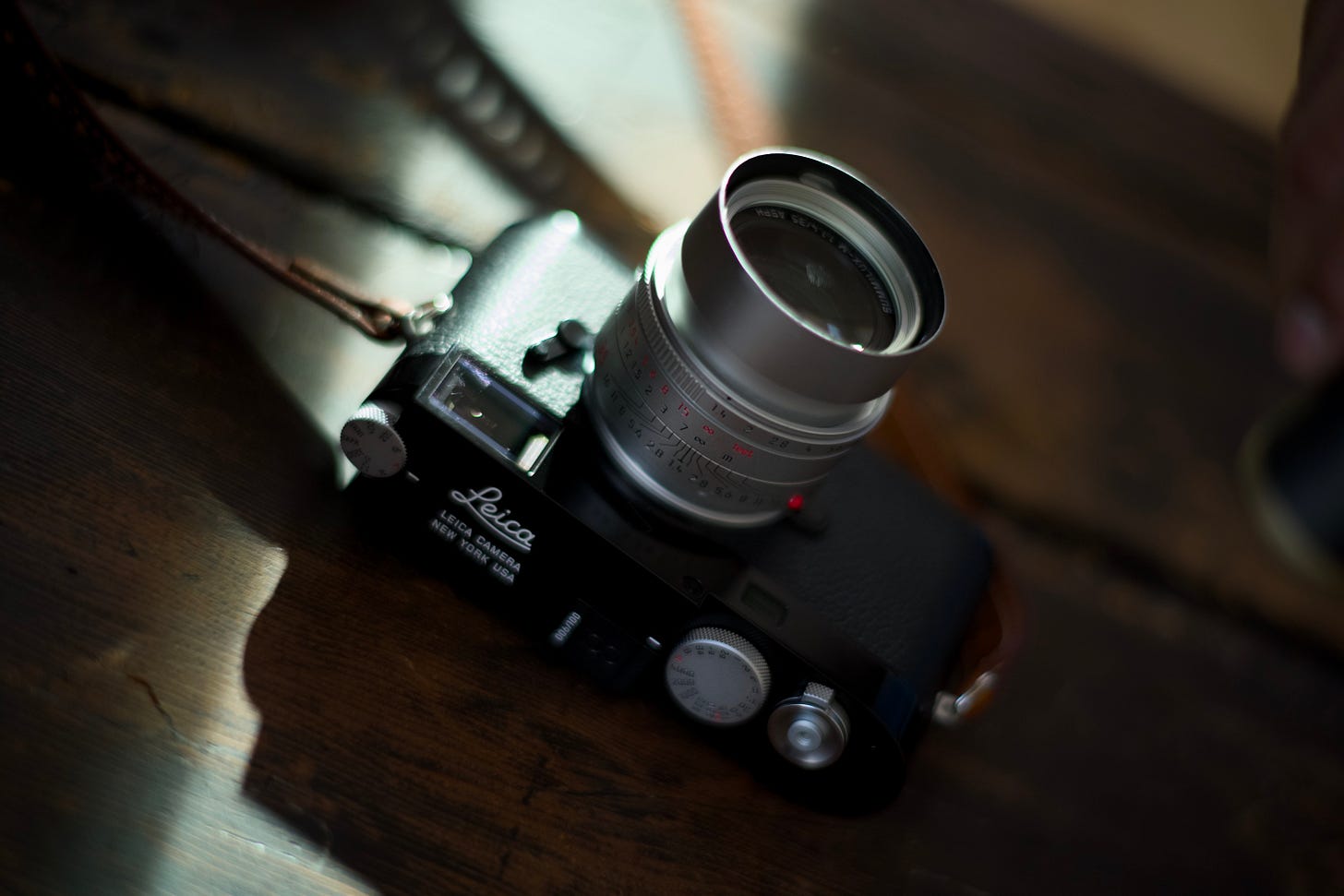
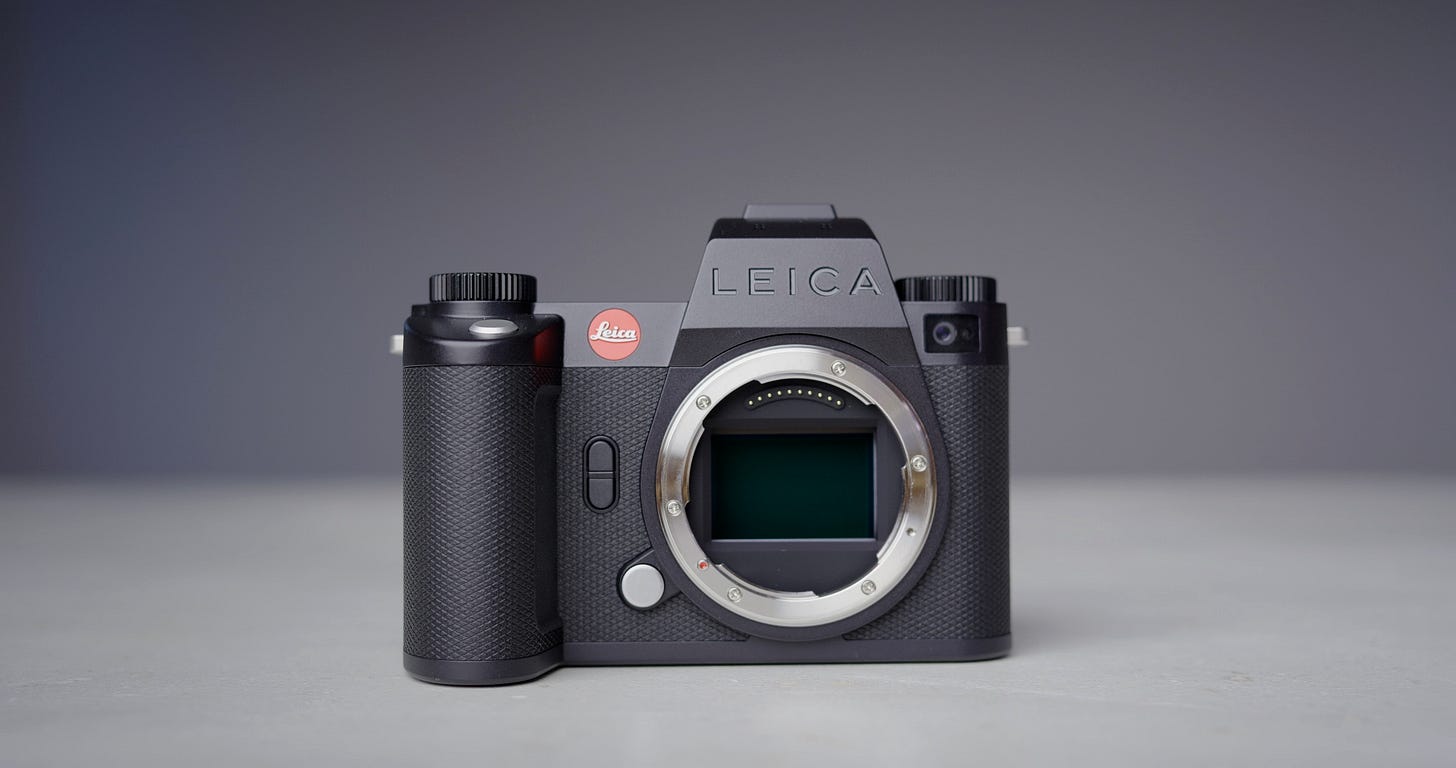
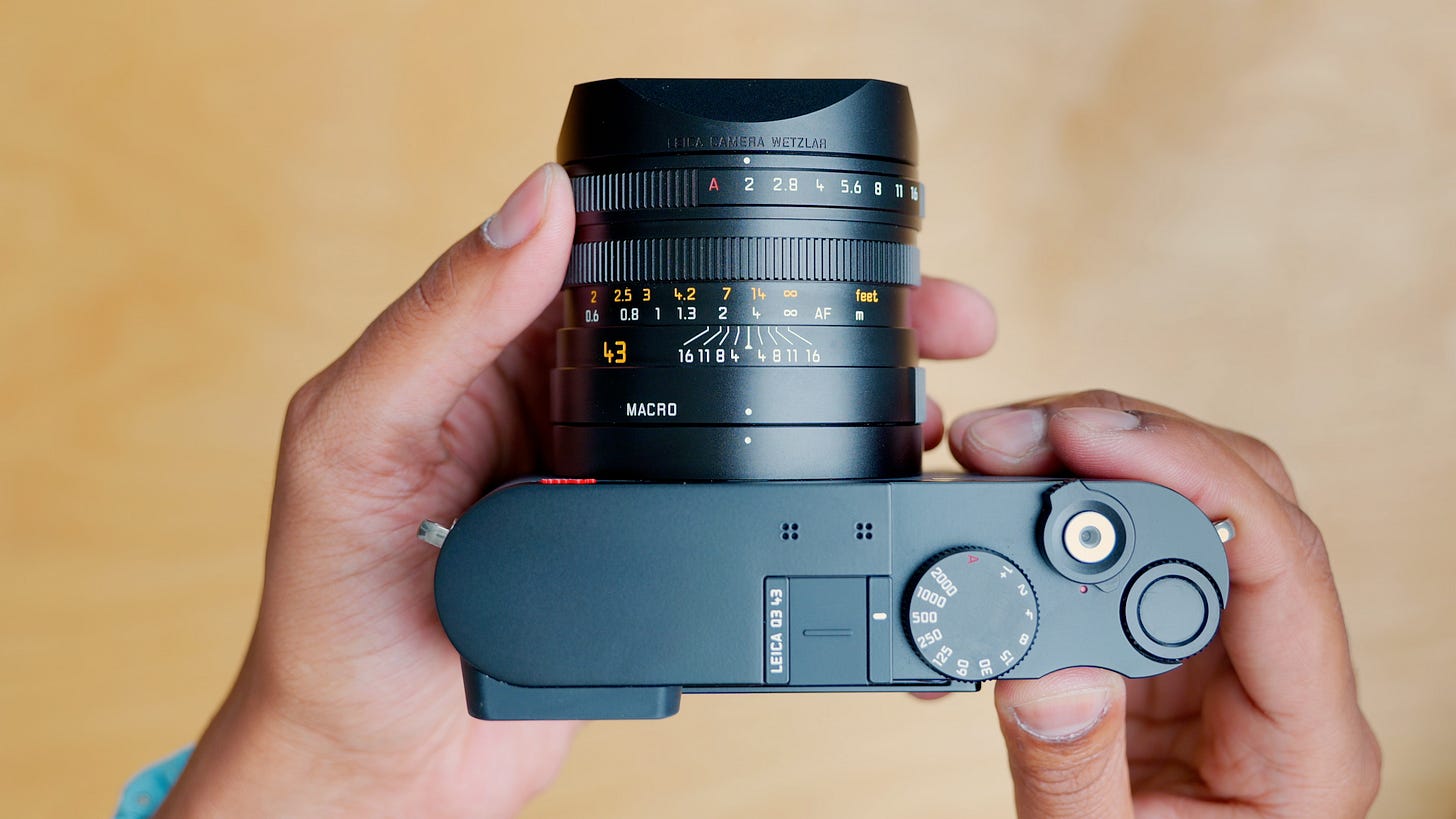
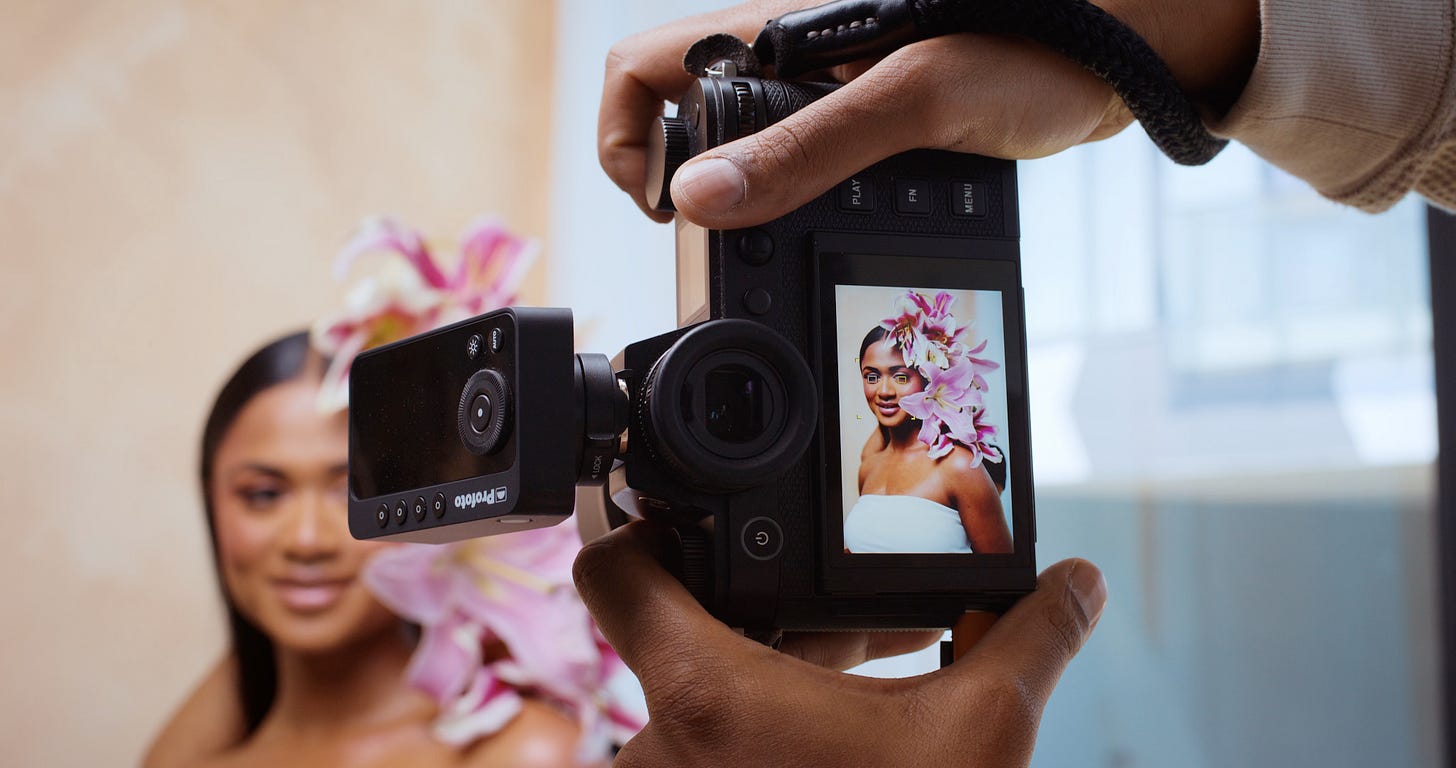
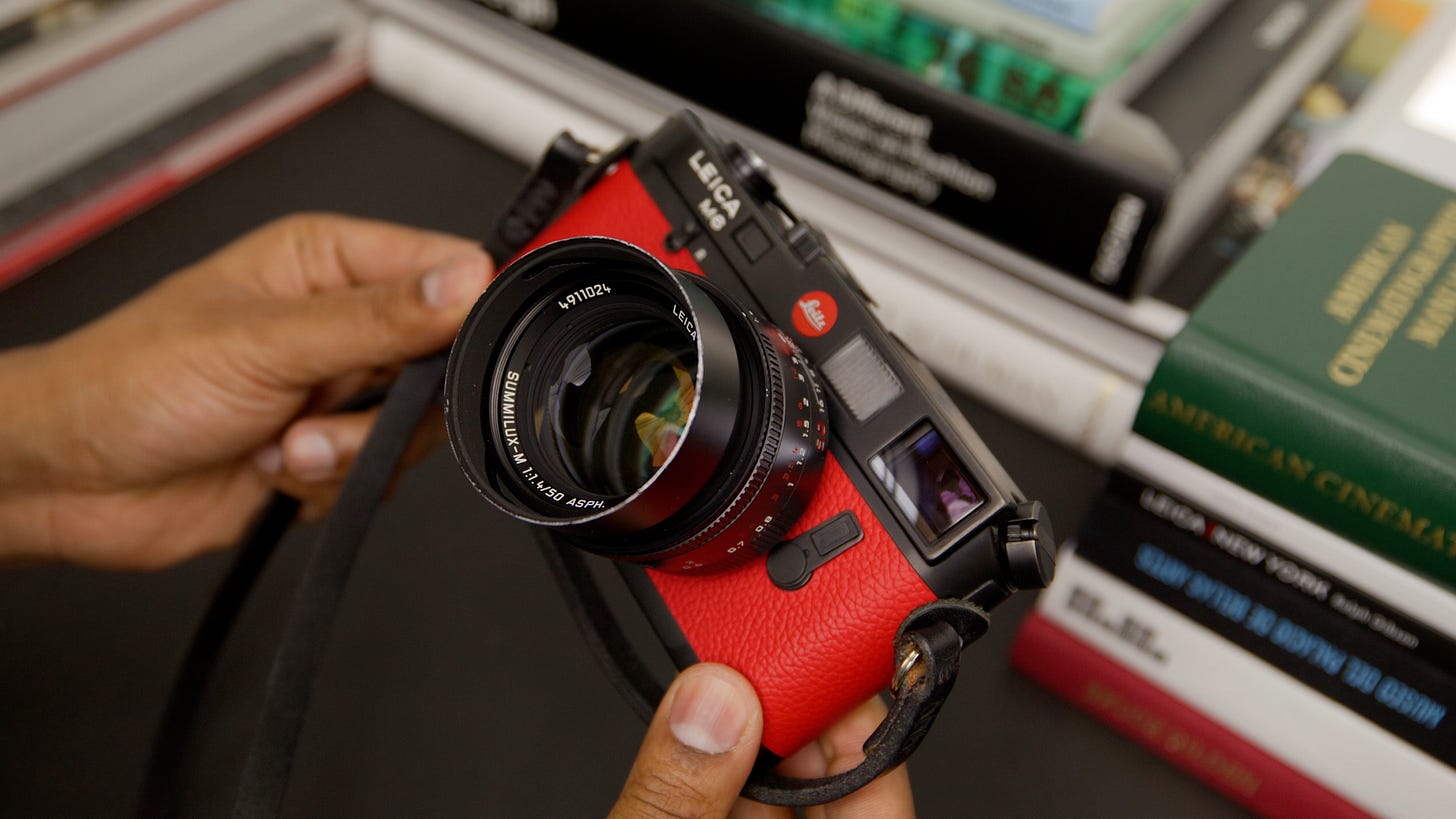
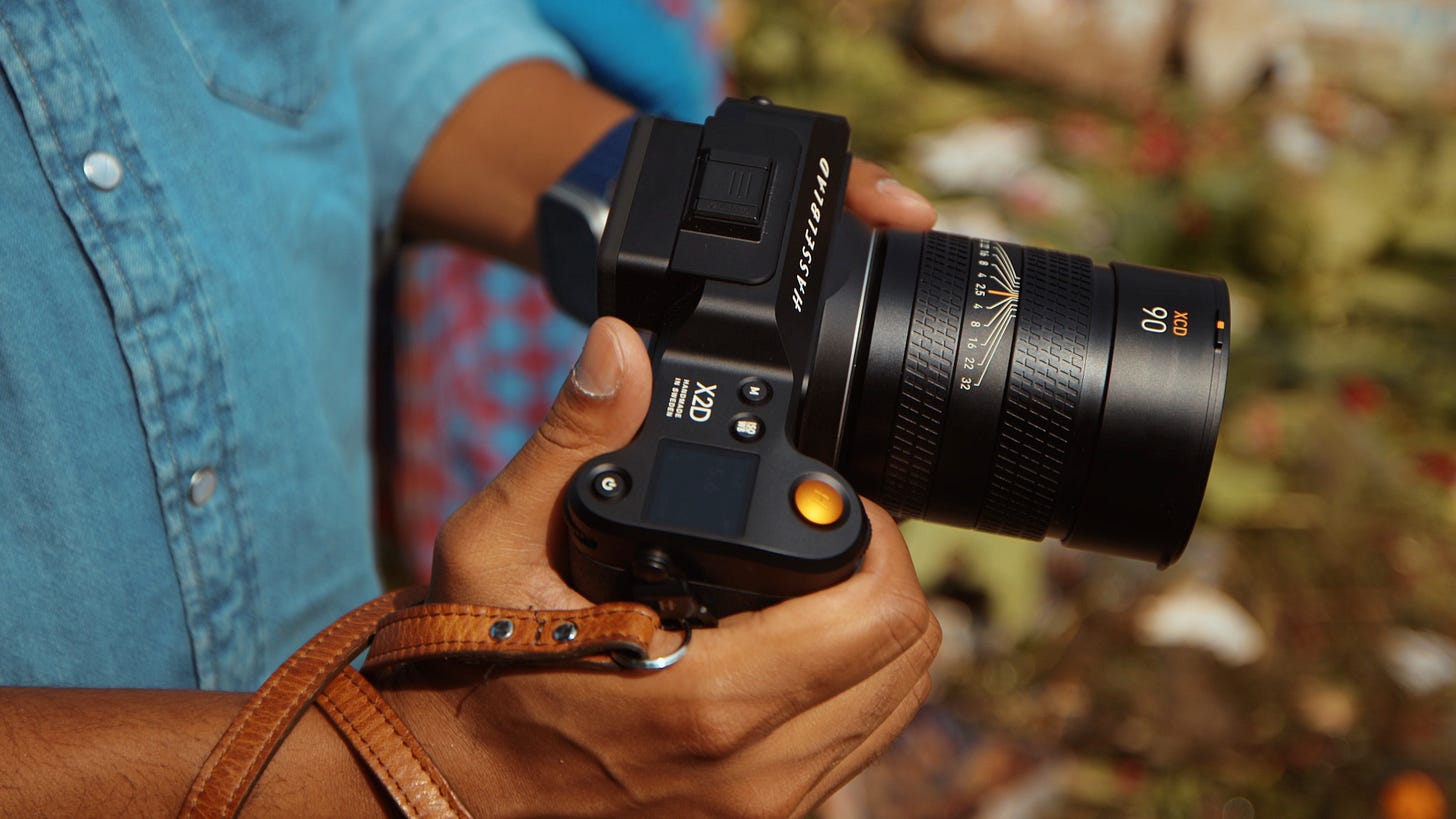
I've been back and forth about my lineup. This was interesting!
It's so fascinating how everyone's journey in photography can be so different, yet we all end up in a similar place! After 20 years in photography and a bit of life experience, I finally decided to get myself a digital M. I’ve noticed that I mostly reach for my XPro3 with manual lenses for my style and travels. I miss the feel of shooting in film mode, so I think the digital M will be the perfect balance. You have great stories! Keep it up!